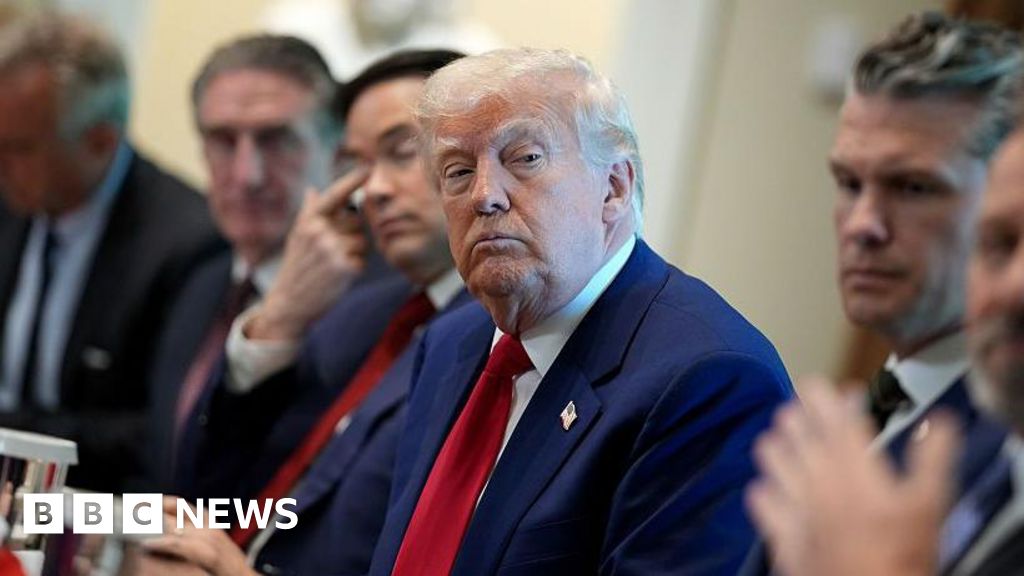- Personal Finance
Shell denies takeover talks with UK rival BP
时间:2010-12-5 17:23:32 作者:Culture & Society 来源:Education 查看: 评论:0内容摘要:from 2024, to 20.9 million bottles. This was worth €370m ($415m; £312m) in revenues, 26.2% higher than in 2023.from 2024, to 20.9 million bottles. This was worth €370m ($415m; £312m) in revenues, 26.2% higher than in 2023.
The French word for the same colour is bordeaux; showing they know more about their wine, because while Bordeaux wines are mostly red, two-thirds of Burgundy is actually white.These are predominantly made from the chardonnay grape. Chablis, one of the best-known examples, is extremely popular in the US.

Burgundy also produces an increasingly successful sparkling wine, called Crémant de Bourgogne, and a small amount of rosé.All of which is good for Burgundy because while general red wine consumption just keeps going down, white is holding firm, and sparkling is going up.Also, the reds that come out of Burgundy are, according to Mr Labet, the kind consumers increasingly want, as they are typically lighter than New World reds.

"What is interesting to see is that there is a strong de-consumption of what we call the big reds, made in the US. Wines with a lot of alcohol, aged in new wood."Less sun and lower temperatures in Burgundy, even with climate change, means less sugar in the grapes and lower alcohol content.

Mr Labet remembers when, for 18 months of his first presidency, Donald Trump hit European wine with a 25% import tariff during a dispute over airlines.
"We were hostages of that situation, and it really did affect our sales to the US. We had a drop of about 50% of our exports to the US."Data from US Customs
the amount of revenue collected in the 2025 financial year to date (ie between 1 October 2024 and 30 April) under various tariffs.The data gives an approximate sense of the proportion of tariffs struck down and unaffected by the trade court's ruling.
It shows the tariffs imposed under IEEPA on China, Mexico and Canada in relation to the fentanyl smuggling had brought in $11.8bn (£8.7bn) since February 2025.The 10% reciprocal tariffs - also justified under IEEPA - implemented in April had brought in $1.2bn (£890m).
- 最近更新
- 2025-07-07 06:43:06In maps: Iran’s three nuclear sites targeted by US bombers
- 2025-07-07 06:43:06The industrial strategy will provide certainty for business
- 2025-07-07 06:43:06What matters now is Tehran’s response
- 2025-07-07 06:43:06Ramaphosa keeps cool during Trump's choreographed onslaught
- 2025-07-07 06:43:06Sluggish sloth's secrets of success revealed in new study
- 2025-07-07 06:43:06Trump faces backlash from Maga base
- 2025-07-07 06:43:06Letting off steam: How Dominica's volcanoes will boost its green energy
- 2025-07-07 06:43:06What is live shopping and will it take off?
- 热门排行
- 2025-07-07 06:43:06Being A Loyal Auto Insurance Customer Can Cost You
- 2025-07-07 06:43:06On the South African road incorrectly identified as a 'burial site' by Trump
- 2025-07-07 06:43:06throwing food out left and right
- 2025-07-07 06:43:06Gunman kills Mexico City mayor's top aides in roadside attack
- 2025-07-07 06:43:06Adding or removing drivers from your household changes
- 2025-07-07 06:43:06Poets invited to represent Jersey on world stage
- 2025-07-07 06:43:06Candace Cameron Bure, 49, Turns Heads While Rocking Itty-Bitty Bikini
- 2025-07-07 06:43:06Also in this newsletter: How the Iran crisis affects Europe
- 友情链接
- Russia no longer needs Iran’s help to sustain the war in Ukraine Israel thinks Netanyahu is victorious against Iran – what will he do next? Israeli attacks kill at least 64 as Trump signals progress in Gaza talks Trump declares ‘victory for everybody’ despite doubts over US strikes Why workplace anger is misunderstood Israel thinks Netanyahu is victorious against Iran – what will he do next? Russia no longer needs Iran’s help to sustain the war in Ukraine Mbappe returns to training as Real face Salzburg CWC decider – all to know All to know ahead of the Topuria-Oliveira blockbuster bout at UFC 317 US and Iran to talk next week as ‘war done’ with Israel: Trump ParentsWhat the heck is a Labubu and why are kids obsessed? Traffic safety watchdog looking into erratic driving by Tesla robotaxis Traffic safety watchdog looking into erratic driving by Tesla robotaxis Big Four firms fined in new exam cheating scandal What is the Palestine Action group, and why is the UK banning it? Toy prices rise amid Trump tariffs; bigger hikes possible Gout Gout breaks own 200m record; beats Bolt’s Golden Spike debut time Trump declares ‘victory for everybody’ despite doubts over US strikes Thatcher’s legacy endures in Labour’s industrial strategy I’m in northern Gaza. I would rather starve than take GHF aid Clooneys at the palace: King Charles shares a laugh with George and Amal Clooney at r… Which teams can claim the last four knockout spots at the Club World Cup? Jeff Bezos, Lauren Sánchez arrive for controversial luxury Italian wedding Palestine Action calls UK ban ‘terrifying’ for civil liberties What the heck is a Labubu and why are kids obsessed? US didn’t destroy Iran’s nuclear program: What new intelligence report says What is the Palestine Action group, and why is the UK banning it? Associated PressFlutes for Fido: Volunteers play music to soothe shelter animals What the heck is a Labubu and why are kids obsessed? Palestine Action are not terrorists. Israel is
